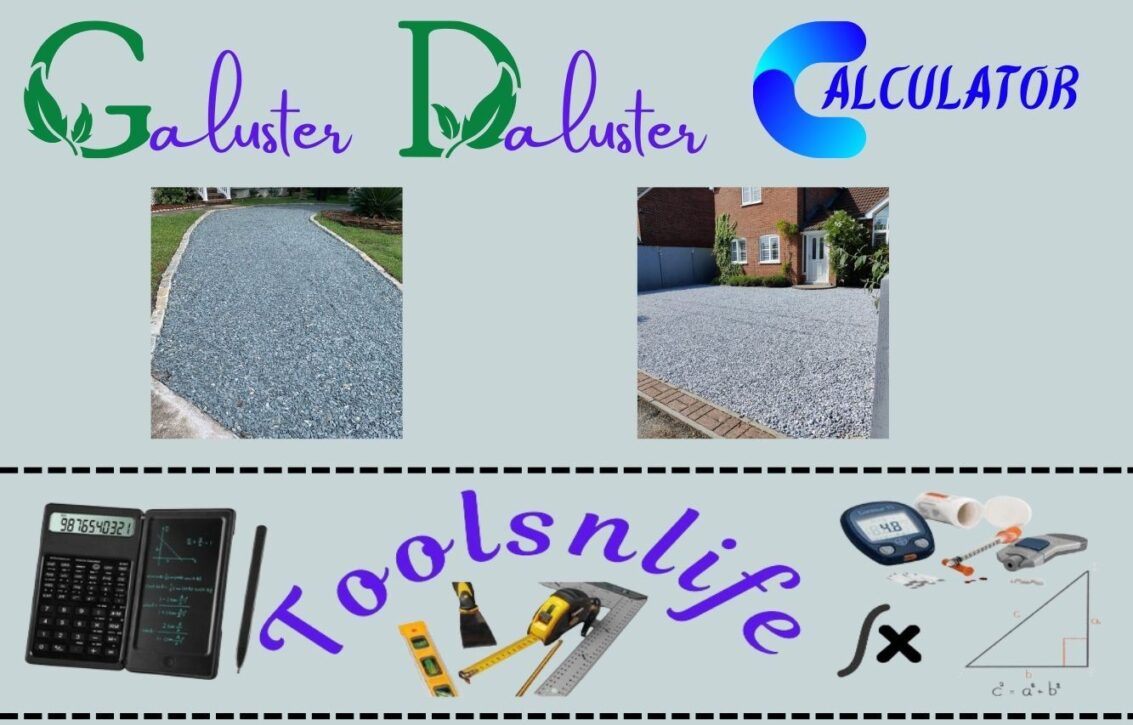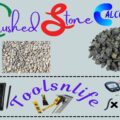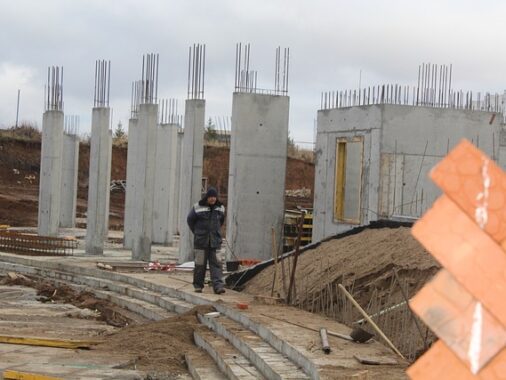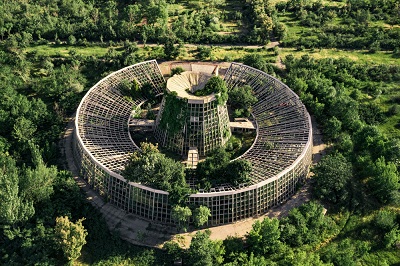Volume of stone
Comprehensive Guide to Gravel Driveway Installation & Maintenance
As a landscaping professional with over 15 years of experience specializing in driveway installations, I’ve created this comprehensive guide to help you accurately calculate materials for your gravel driveway project while avoiding common pitfalls. Getting the right amount of material is crucial—too little and you’ll have a thin, unstable surface; too much and you’re wasting money.
Why Proper Gravel Calculation Matters
An accurately calculated gravel driveway provides excellent drainage, prevents ruts and potholes, and maintains its appearance for years. The key is using the right amount of material with proper compaction. Most homeowners underestimate the volume needed, leading to premature deterioration and additional expenses down the road.
Choosing the Right Gravel Type
Not all gravel is created equal. The type you select significantly impacts your driveway’s performance, appearance, and maintenance requirements:
- Crushed Stone (#411): Excellent compaction with sharp edges that lock together. Ideal for base layers.
- Pea Gravel: Smooth, rounded stones that are comfortable to walk on but shift more easily. Best for top layers in low-traffic areas.
- Quarry Process (QP): A mix of stone dust and crushed stone that compacts extremely well for a solid surface.
- Marble Chips: Aesthetically pleasing but more expensive and less compactable than other options.
For most driveways, I recommend using crushed stone for the base layer (approximately 70% of depth) with a thinner layer of more attractive gravel on top for appearance.
Step-by-Step Installation Guide
Proper installation is just as important as accurate material calculation. Follow these steps for a durable, long-lasting gravel driveway:
- Excavation: Remove 8-12 inches of soil to create space for your gravel layers
- Grading: Create a slight crown (1-2% slope) from center to edges for proper drainage
- Geotextile Fabric: Install landscape fabric to prevent weed growth and stabilize the base
- Base Layer: Add and compact 4-6 inches of coarse crushed stone (#2 or #3 stone)
- Middle Layer: Add 2-3 inches of smaller crushed stone (#411)
- Surface Layer: Finish with 1-2 inches of your chosen surface material
- Compaction: Use a plate compactor or roller after each layer for proper settling
Pro Tips for Long-Term Maintenance
Maintaining your gravel driveway properly can extend its life significantly:
- Regular Raking: Redistribute gravel from edges back to driving surface every 2-3 months
- Weed Control: Use environmentally-friendly weed killers or manual removal to prevent vegetation
- Pothole Repair: Fill depressions immediately with matching gravel and compact thoroughly
- Annual Top-Ups: Add 1-2 inches of fresh gravel annually to maintain appearance and function
- Proper Drainage: Ensure drainage ditches or pipes remain clear to prevent water damage
Common Mistakes to Avoid
Through years of repairing poorly installed driveways, I’ve identified these frequent errors:
- Insufficient Base: Skimping on base material is the #1 cause of driveway failure
- Poor Drainage: Without proper slope, water will undermine your driveway
- Wrong Gravel Type: Using rounded river rock instead of angular crushed stone for base layers
- Inadequate Compaction: Each layer must be properly compacted to prevent settling
- Ignoring Edging: Without proper borders, gravel migrates into surrounding areas
When to Consider Professional Help
While many homeowners successfully install their own gravel driveways, consider professional assistance if:
- Your property has significant slope or drainage challenges
- You need to move large amounts of soil or rock
- You lack access to equipment like compactors and graders
- The driveway area exceeds 500 square feet
- You have physical limitations that make the work difficult
Many landscape contractors offer consultation services if you want to do the work yourself but need professional guidance.
Environmental Considerations
Gravel driveways offer several environmental benefits over paved surfaces:
- Permeable surface allows rainwater to recharge groundwater
- Reduced heat island effect compared to asphalt or concrete
- Lower embodied energy in production compared to paved surfaces
- Can be made from locally sourced materials reducing transportation impacts
For maximum eco-friendliness, choose locally quarried stone and avoid chemically treated materials.
Ready to Start Your Gravel Driveway Project?
Now that you have accurate calculations from our gravel driveway calculator and comprehensive installation knowledge, you’re well-prepared to create a beautiful, functional driveway that will last for years. Remember that proper planning and preparation are the most important steps in any successful landscaping project.
If you found this guide helpful, please share it with others considering a gravel driveway project. For specific questions about your unique situation, consider consulting with a local landscaping professional who can assess your property’s specific conditions.






